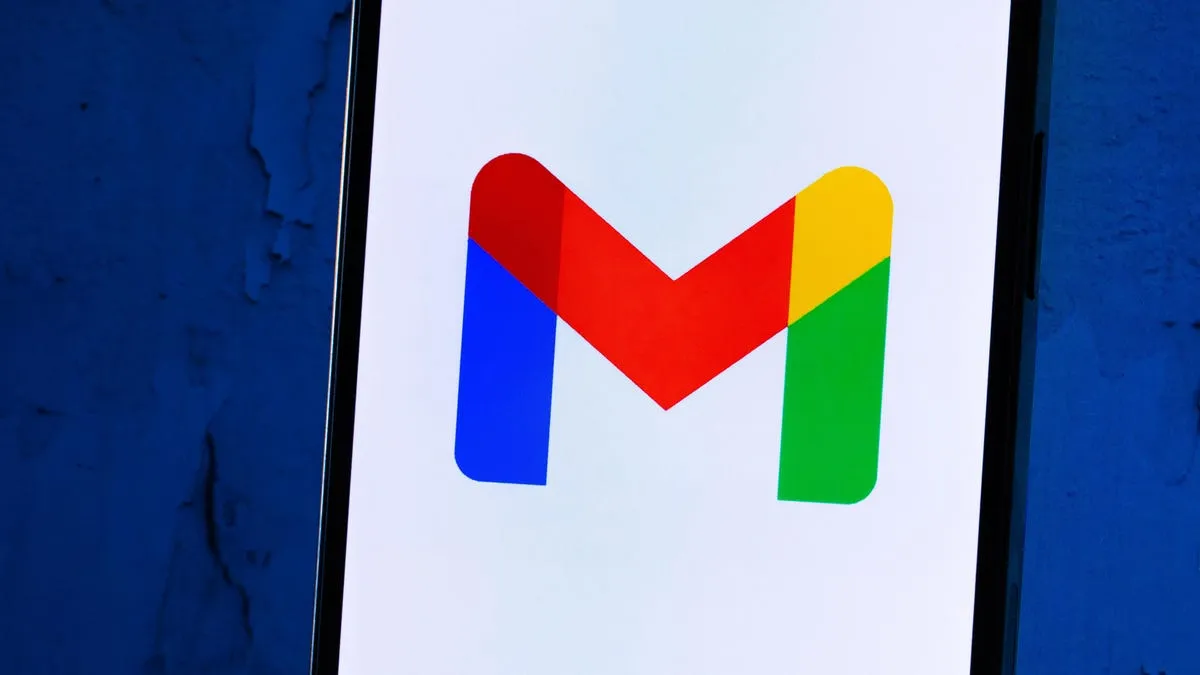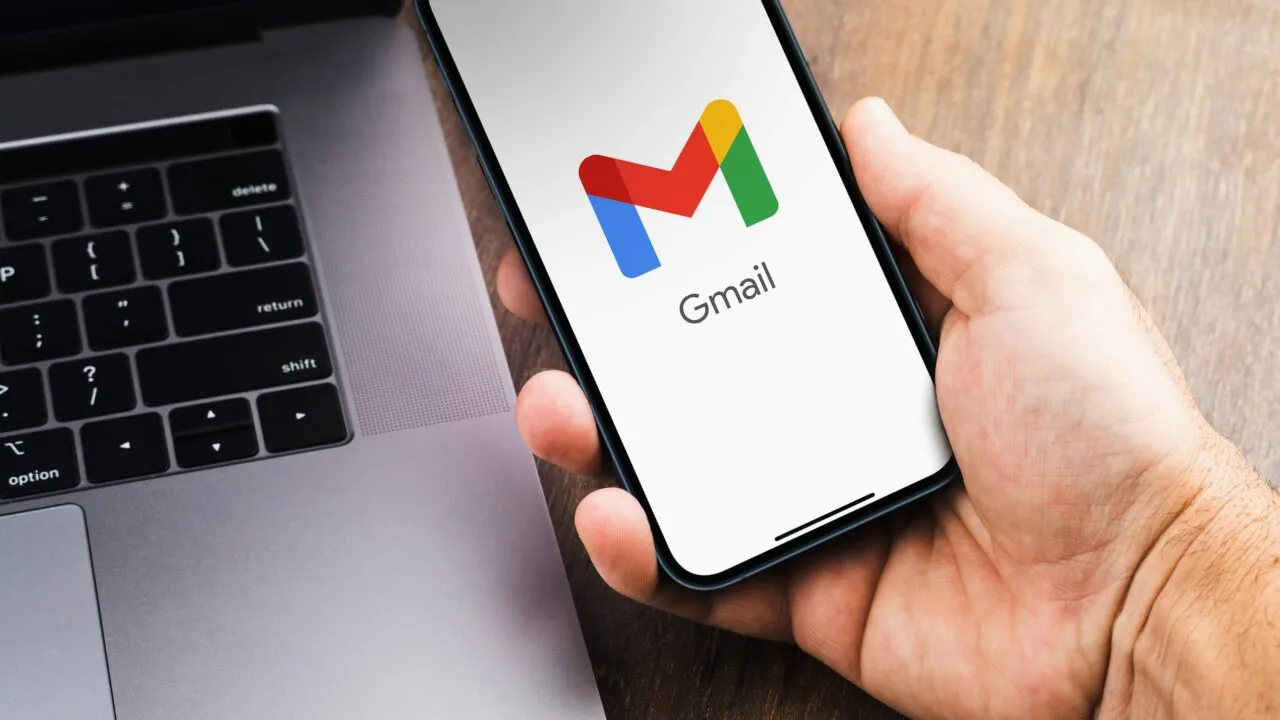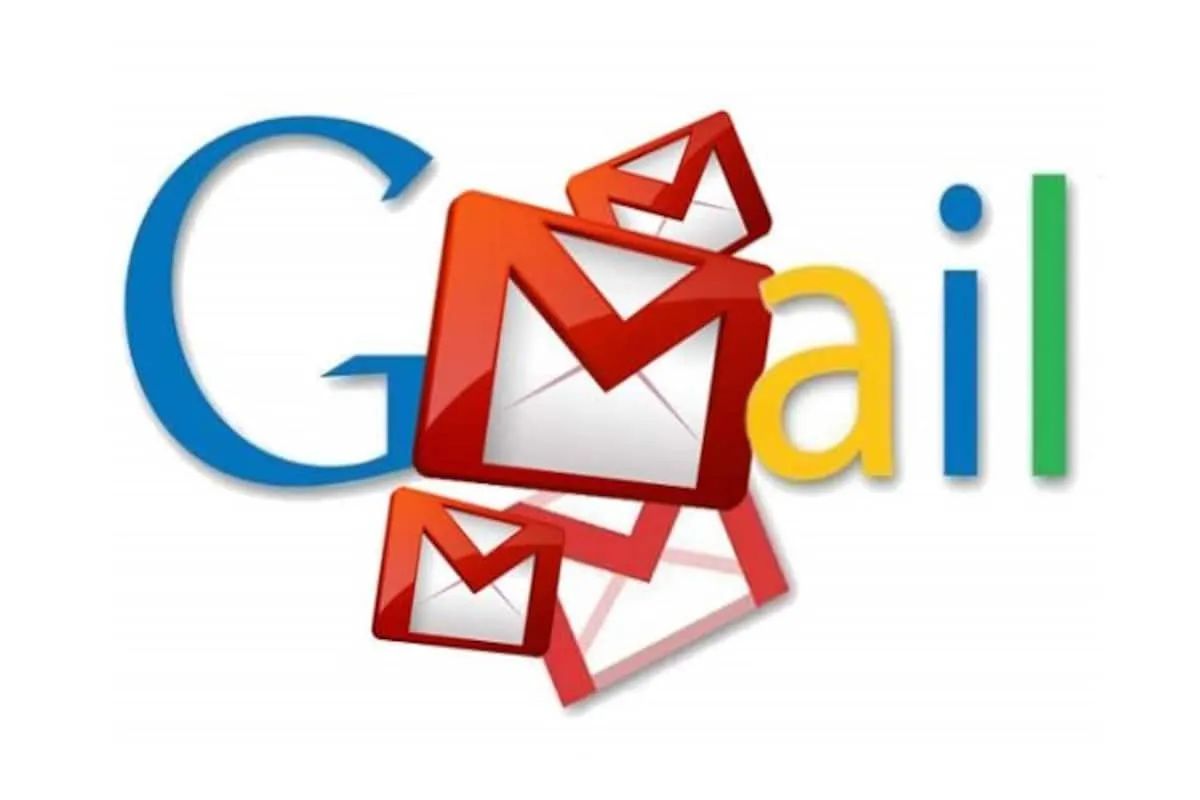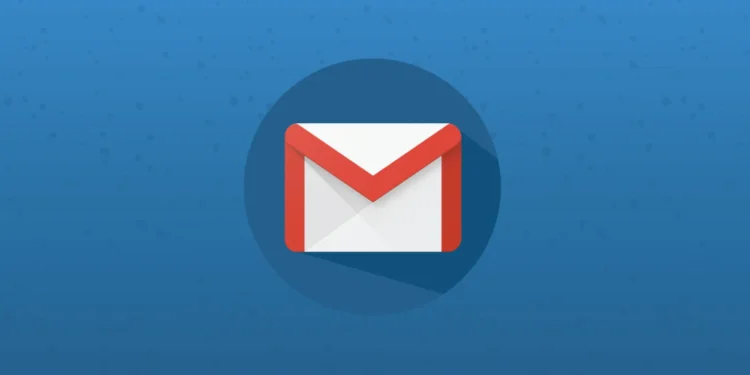The urgency for enhanced email security has never been more apparent. Recent warnings from the FBI have highlighted an alarming increase in email-based threats, particularly during the holiday season, which is reported to be the most dangerous time for cyber attacks. Despite Gmail’s efforts in blocking over 99.9% of spam, phishing, and malware, the sophistication of these threats continues to evolve. This evolution is largely fueled by advancements in artificial intelligence, which cybercriminals are now using to craft more convincing and personalized scams, making them harder to detect.

Google’s Proactive Measures: AI-Enhanced Security
In response to these escalating threats, Gmail is set to deploy groundbreaking AI models trained specifically to combat phishing, malware, and spam. This move represents a significant shift from traditional email security measures. Forbes recently highlighted that while the core architecture of email has remained largely unchanged, the need for robust security solutions has become crucial, as cyber threats have become more complex and targeted.
Introducing Shielded Email
One of the most promising features under development is Gmail’s “Shielded Email,” which aims to provide users with single-use or limited-use email aliases. These aliases forward messages to a primary account without exposing the user’s real email address. This feature is akin to Apple’s “Hide My Email,” which has already been assisting users in keeping their personal email addresses private from forms, newsletters, and other web-based sign-ups.

The Broader Implications of Enhanced Email Security
The introduction of AI-driven email filtering and alias systems like Shielded Email is just the beginning. Email security needs a more radical overhaul that goes beyond just improving central screening technologies. It requires a shift towards on-device AI that can flag spam and malicious emails more effectively, an area where Gmail’s new AI models are set to play a crucial role.
Moreover, as tech entrepreneur Elon Musk hinted at a potential new platform, Xmail, which could blend email and messaging, the need for an opt-in or trusted sender system becomes even more apparent. This would drastically reduce the risk of spam and phishing attacks by ensuring that only pre-approved senders can reach users’ inboxes.
Navigating the Transition
The transition to a more secure email system won’t be without its challenges. Users will need to adapt to new technologies and possibly reconsider how they use email addresses as primary identifiers. This shift will likely involve a learning curve and a period of adjustment as users adopt new practices like using email aliases and engaging with more secure messaging platforms.

With the impending enhancements to Gmail, coupled with the increasing sophistication of cyber threats, the necessity for users to update or change their email addresses becomes clear. As 2025 approaches, adopting Gmail’s new security features will be crucial. Users are encouraged to embrace these changes not just for their own safety but also to improve the overall security of the digital communication landscape.










